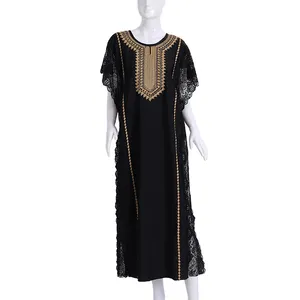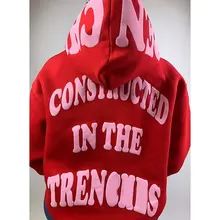In the realm of fashion, Muslim dresses stand out as garments that embody a blend of cultural significance and modesty. These dresses are not merely clothing items but rather a reflection of personal identity and religious values. Catering to those who seek to adhere to Islamic dress codes while also embracing contemporary styles, this category offers a variety of designs that range from casual wear to formal attire. Muslim dresses come in an array of styles, suitable for different occasions and preferences.
Types and features of Muslim dresses
When exploring the diverse types of Muslim dresses, it becomes apparent that there is a style to suit every individual's taste and cultural background. Modest dresses Islamic attire includes options such as the abaya, a long, flowing robe-like dress, and the kaftan, which is often characterized by its wide sleeves and comfortable fit. For those seeking formal attire, hijab prom dresses offer a blend of modesty and modern fashion, allowing for a sense of elegance on special occasions. On the other hand, white Muslim dress varieties serve as a symbol of purity and are commonly chosen for religious ceremonies and weddings.
The features of Muslim dresses are carefully considered to align with modesty requirements while also providing comfort and style. Many designs incorporate longer hemlines, higher necklines, and looser fits to ensure coverage. Additionally, many dresses include details such as embroidery, patterns, and layering to add visual interest without compromising modesty. In terms of functionality, these dresses are often designed with practical elements like pockets and adjustable waistbands. This adds convenience and ensures that the wearer can customize the fit according to their body type, which is particularly important for plus size Islamic clothing and plus size Muslim clothing.
Materials Used in Muslim dresses
The materials used in crafting Muslim dresses are as diverse as the designs themselves. Fabrics range from lightweight cottons and linens, ideal for everyday wear and warmer climates, to luxurious silks and satins for hijab evening dresses and formal occasions. Breathability and comfort are key considerations, particularly for those who live in hotter regions. Thus, materials that offer air circulation and softness against the skin are highly valued. Durability is another important factor, especially for garments that are worn regularly, making it essential to choose quality fabrics that can withstand frequent use.
Advantages and uses of Muslim dresses
Wearing Muslim dresses offers a number of advantages. For starters, it allows individuals to express their faith and cultural heritage with pride. The modesty aspect of these garments also provides a sense of comfort as wearers can engage in various activities without concern for their attire being too revealing. Moreover, the versatility of Muslim dresses means that they can be worn in multiple contexts, from daily life to celebratory events. The inclusion of sizes that cater to all body types, including plus size Muslim clothing, ensures that everyone can find a dress that fits well and feels good.
Muslim dresses find their place in a variety of settings. They are suited for daily wear, providing a comfortable and modern option for running errands, attending school, or going to work. In more formal settings, dresses like modest Muslim dresses or hijab prom dresses are often the attire of choice for events such as weddings, Eid celebrations, and other significant gatherings. Furthermore, these dresses are not restricted to religious occasions. They have gained popularity as a fashionable choice for those who appreciate their aesthetic and comfort, regardless of their religious affiliation. This inclusivity has led to a broader application of Muslim dresses in the global fashion landscape.













































 浙公网安备 33010002000092号
浙公网安备 33010002000092号 浙B2-20120091-4
浙B2-20120091-4